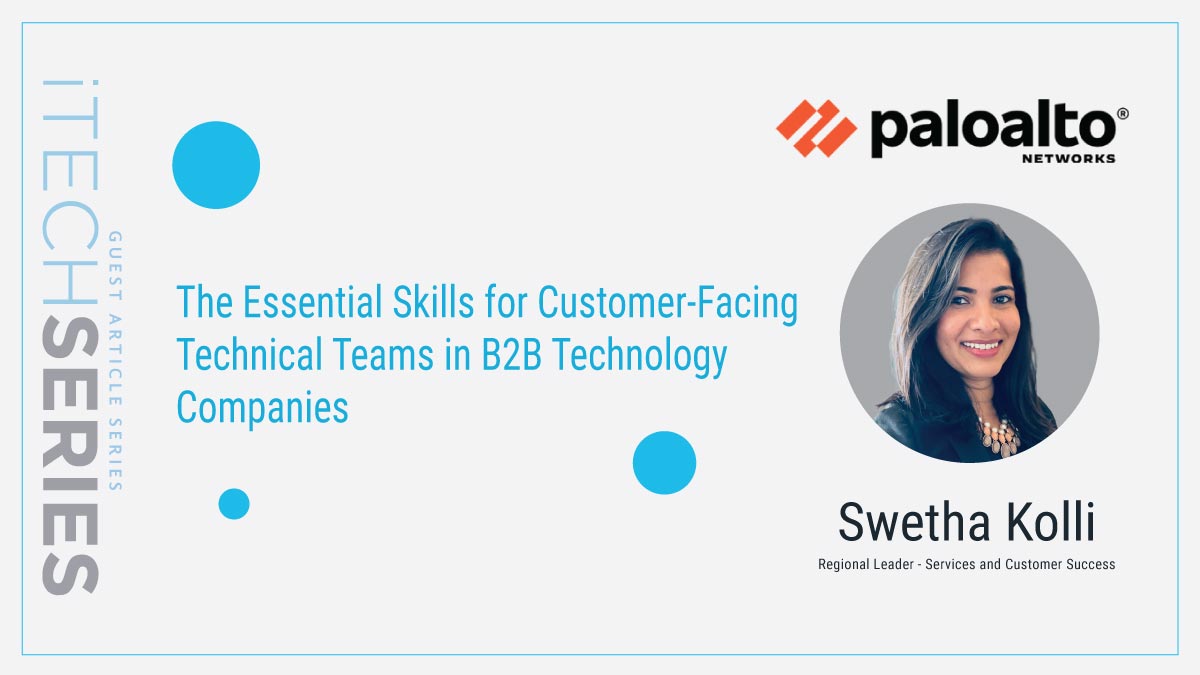In the technology sector, customer-facing technical teams are pivotal in driving business growth and ensuring customer satisfaction. These teams, often part of the Go-To-Market (GTM) strategy, include various roles such as Implementation Engineers, Solution Architects, Pre-Sales Engineers, customer success engineers, and others. Let’s explore these roles, their responsibilities, and the essential skills needed to excel in each phase of the customer journey: Acquisition, Activation, and Retention.
Acquisition Phase
Pre-Sales Engineers
Pre-sales engineers work closely with the sales team to understand customer needs and propose the best technical solutions. They often participate in the sales process to demonstrate product capabilities. SEs are the first level of technical experts the customer interfaces with and they set the precedent for product competency and buyer enablement.
Responsibilities: They conduct product demonstrations, answer technical questions, create proof-of-concept projects, and help with technical proposals.
Impact: Their expertise can significantly influence decision-making, leading to higher conversion rates and increased revenue.
Essential Skills for SEs:
- Technical and Business Acumen: The best SEs have a T-shaped skill set with just enough product knowledge, technical sales acumen, and awareness of the vertical they are selling into.
- Communication Skills & Relationship Management: SEs often interact with C-suite architects and layers in between. SEs along with their account executives are the first-degree interface with the customer and it’s important to build trust and credibility for a long-term relationship. This comes with the inherent need to clearly and effectively convey technical information to both technical and non-technical audiences.
- Problem-Solving Ability: Ability to address customer concerns and find creative solutions during the sales process.
- Customer-Centric Mindset: Understanding the customer’s business and goals to tailor demonstrations and proposals effectively. The best SEs understand the customer’s pain points and sell a solution instead of selling products.
Activation Phase
Solution Architects
Solution Architects design and plan technical solutions to address specific customer problems. They bridge the gap between business needs and technology.
Responsibilities: Evaluating customer requirements, designing custom solutions, creating technical documentation, and often overseeing the implementation process.
Impact: Well-designed solutions enhance customer satisfaction, increase the chances of project success, and can lead to long-term partnerships and repeat business.
Essential Skills for SAs:
- Technical Proficiency: Strong design and architecture skills, understanding of various technologies, and the ability to create scalable solutions. This is inclusive of having an in-depth domain understanding to evaluate the customer’s environment, and the impact of the solution on the customers’ business and their end users.
- Communication Skills: Ability to document and explain complex solutions clearly to different sets of audiences.
- Problem-Solving Ability: Creating innovative solutions that meet evolving customer needs.
- Customer-Centric Mindset: Continuously aligning solutions with the customer’s business goals and requirements.
- Collaboration and Teamwork: Working effectively with sales, implementation, and support teams to ensure ongoing customer satisfaction.
- Adaptability and Learning Agility: Staying updated with the latest technology trends, and business landscape and adapting to new tools and processes.
Implementation Engineers
Implementation Engineers are another layer within the activation phase who are responsible for deploying and integrating technology solutions for customers. They work directly with the customer’s technical teams to ensure that the products are installed correctly and function as expected.
Responsibilities: Configuring software, customizing systems to meet specific needs, troubleshooting issues, and providing training to users.
Impact: Successful implementation leads to customer satisfaction, reduced churn, and the potential for upselling additional services or products.
Essential Skills for IE:
- Technical Proficiency: In-depth knowledge of the product, software configuration, and troubleshooting.
- Communication Skills: The ability to explain technical processes provide training to users and more importantly communicate is key to the success of deployment.
- Problem-Solving Ability: Quick thinking as well as proactive thinking and the ability to solve unexpected issues during implementation.
- Customer-Centric Mindset: Prioritizing customer satisfaction and success during deployment.
- Task Management Skills: Prioritizing multiple tasks, meeting deadlines, and coordinating with various teams.
Adoption/Retention Phase
Customer Success Engineers
Customer Success Engineers or product adoption engineers play a vital role in ensuring that customers derive maximum value from technology products and services. They act as a bridge between the customer and the product, ensuring that the product continues to meet customer needs and expectations.
Responsibilities: Delivering technical adoption guidance on the product and working with the customer’s technical teams to discover future use cases to drive consumption.
Impact: CSEs continued positive engagement post-implementation and ensuring customers are successful, leads to higher customer retention and an increase in lifetime value.
Essential Skills for CSE:
- Technical Proficiency: Deep technical expertise to troubleshoot and resolve issues along with the ability to guide through complex technical processes.
- Listening Skills: Ability to listen actively to understand product utilization and the product’s ability to solve customer’s challenges
- Problem-Solving Ability: Creativity and resourcefulness in finding ways to address customer challenges. This includes the knack of knowing how to get things done by engaging cross-functional partners.
- Customer-Centric Mindset: Genuine passion for helping customers succeed and a commitment to their satisfaction
- Collaboration and Teamwork: Working effectively with post-sales, engineering, and product teams to ensure seamless customer experience.
Conclusion
Customer-facing technical teams often operate under the radar but are the backbone of most B2B technology companies, ensuring that customers are satisfied and that business goals are continuously met. The skill set goes beyond core engineering and coding capabilities. No matter where they sit within the organization, a mastery of technical and soft skills in these roles can significantly contribute to the company’s revenue and growth throughout the customer journey. Awareness of the roles in various phases and investing in the development of the right skill set within these teams will not only enhance customer satisfaction but also drive lifetime value from customers.








